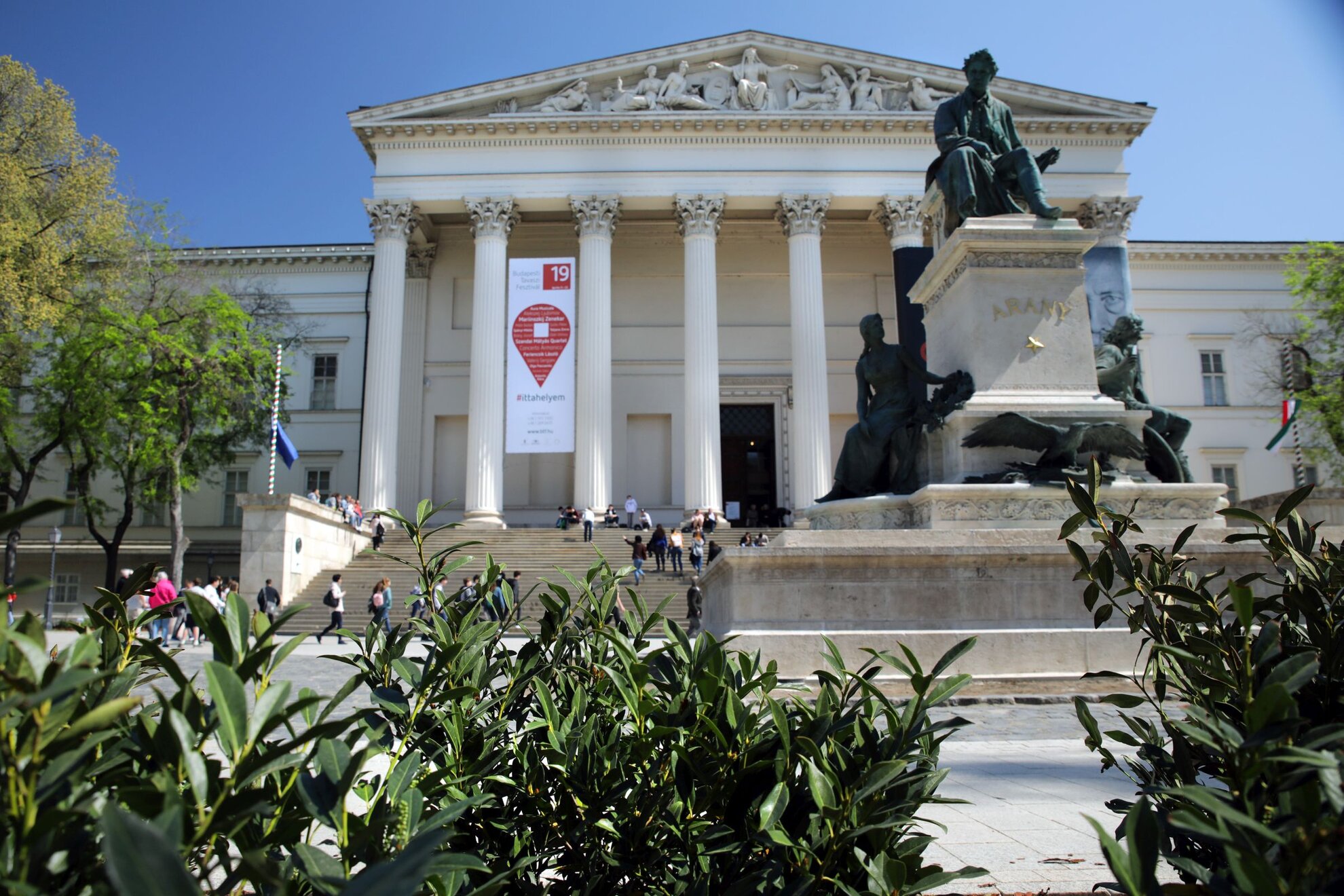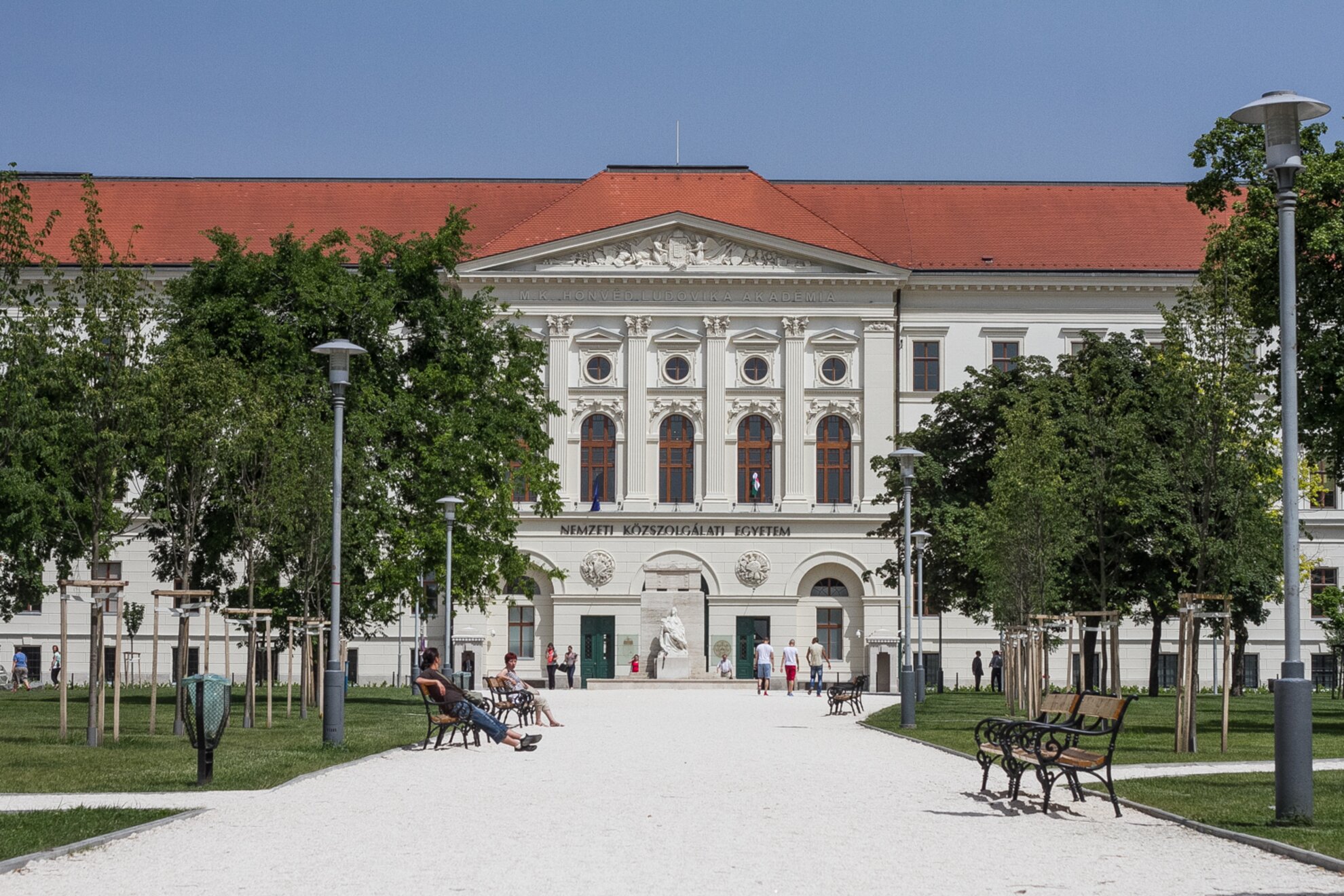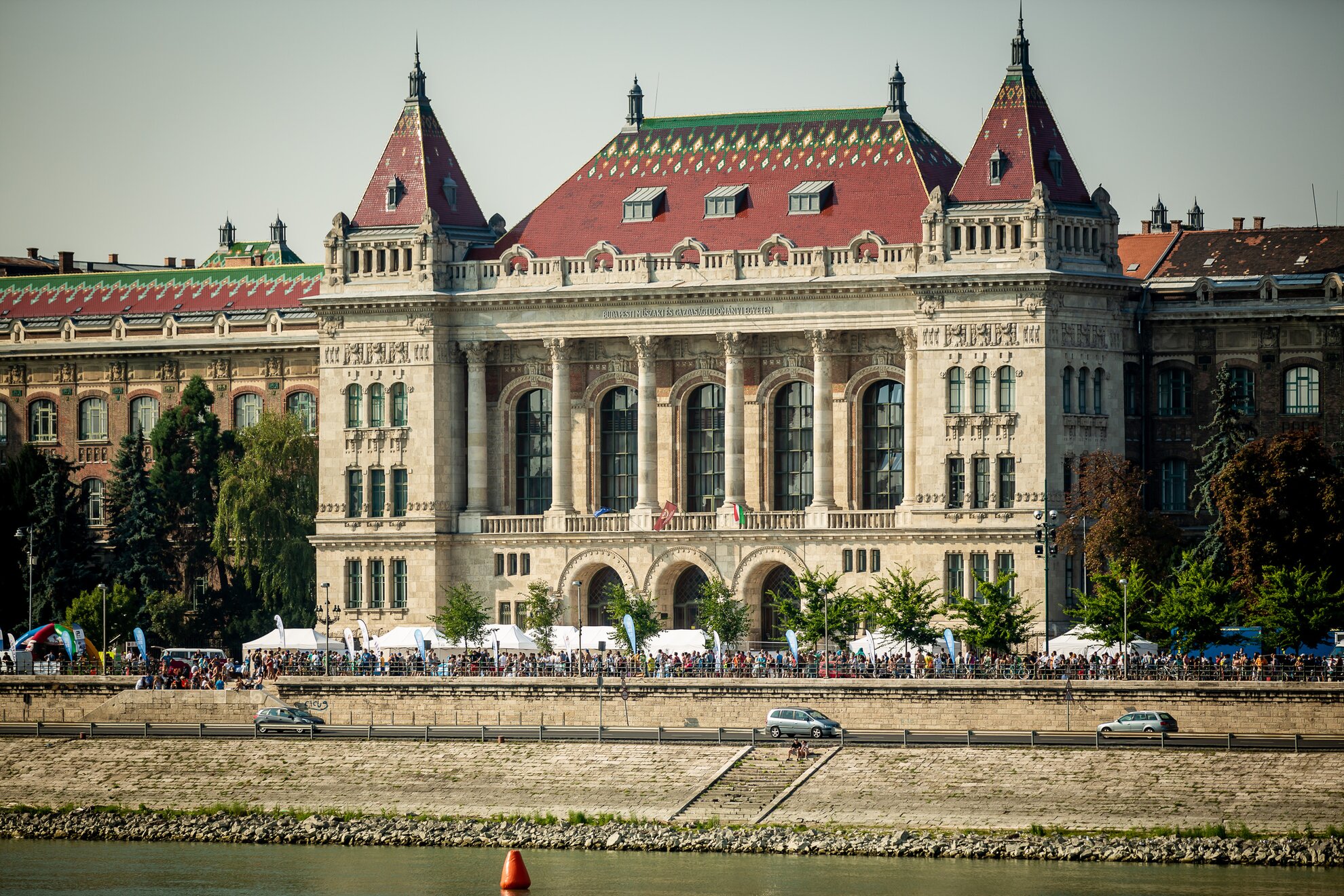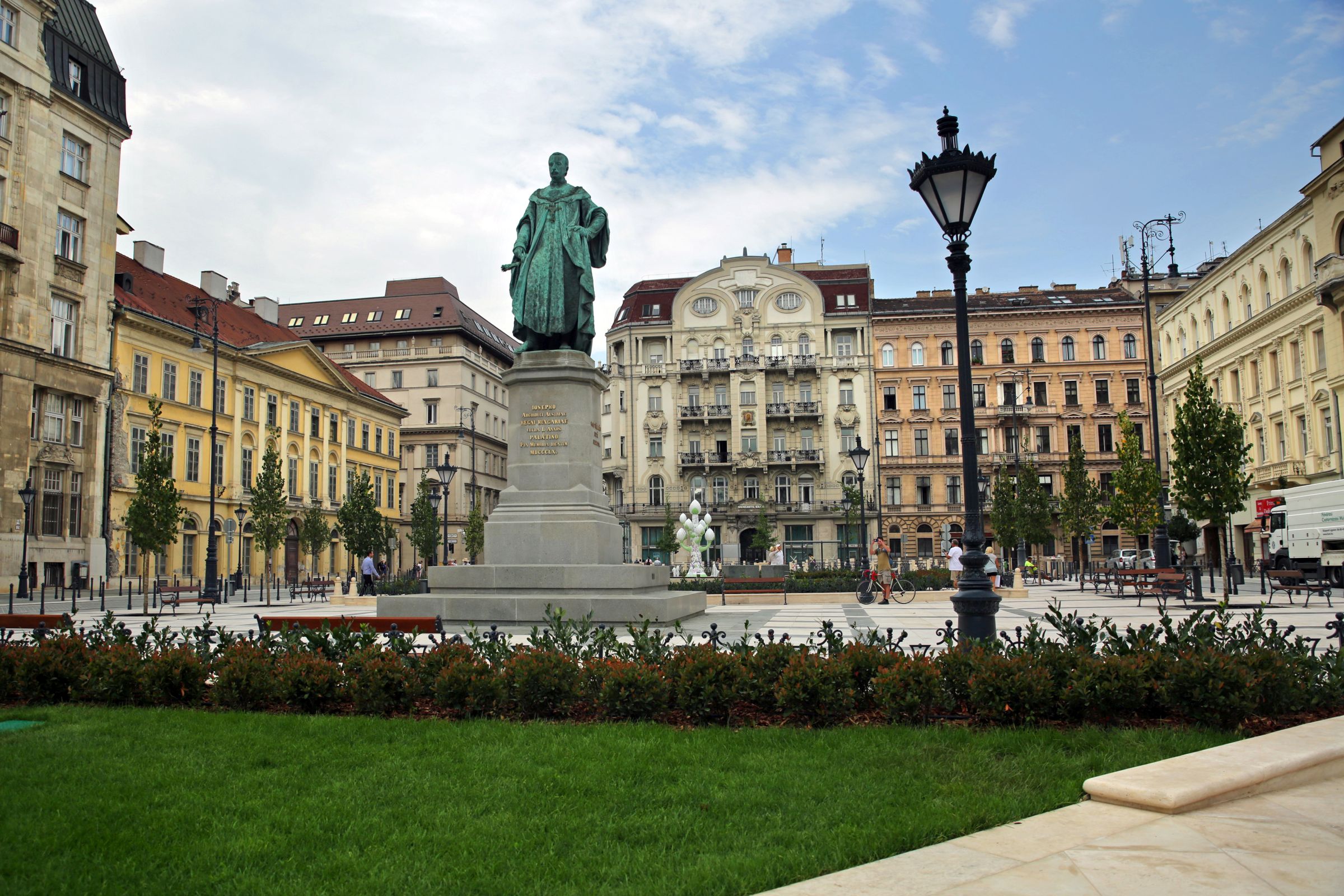Archduke or Nádor József entered office at a very young age, after his predecessor, his brother, Archduke Sándor Lipót, died in a chemical accident. He had first visited Budapest at 16, when his eldest brother Francis II was crowned King of Hungary in 1792.
In 1795, the emperor appointed him imperial governor of the country, and József almost immediately immersed himself in learning about the history of the country and the city, even learning Hungarian, winning over the nation. For the ceremony that September, the entire city was adorned with flowers and candles covered streets and buildings, soldiers stood in line and crowds cheered.

The thinking of Palatine József was aligned to that of Count István Széchenyi, later responsible for the Chain Bridge, and both worked on the urban and technological development of the country. Although Vienna had not sent him on this specific mission, the Palatine József did his best to support Hungarian constitutional and national aspirations.
At the start of his tenure, he wrote a proposal to the emperor that the development of dusty and rural Pest could wait no longer. As early as 1801, he spoke of the need to set up a separate authority for this, because the individual interests of councillors and other parties make it impossible for things to progress because of their own self interests.
Embellishing Pest
“Not only has the city not been improved, but the many dubious building permits have worsened the image of the city. However, in addition to its advantageous position, growing wealth and budget for beautification, Pest could become the most beautiful city in Hungary. Instead, it is disfigured. This prompts me to make a proposal to Your Majesty on how we can take care to embellish the city without burdening the treasury or taxpayers. There is no interest or desire to extend my authority when I submit my proposal to Your Majesty. It is simply a desire to promote the prosperity of a country entrusted to me in part,” wrote Palatine József in his first submission to the emperor in 1801.
It was a few years before the Beautification Committee would be formed in 1808. The Palatine József was involved in number of drafts and debates. János Hild, father of the famous architect József Hild, head of the Beautification Committee, prepared a number of plans at his request.

While at first, the Palatine József had a wide-ranging, occasionally naïve, idea of what the developing Pest might look like, it is still borne out today by its wide, straight roads. Thanks to the Beautification Committee and the Palatine József, Pest, reminiscent of a village in the 1830s, became the cultural, economic and political centre of Hungary. Buildings of urban significance and Classicist façades were created on a relatively modest budget.
Not only did he oversee the construction of the
National Museum, he also took an active part in the designation of buildings and in any land disputes, and contributed significantly to the establishment of
the Hungarian Academy of Sciences.
He proposed the construction of an
observatory on Gellért Hill and the Ludovika Military Academy, but we can also
thank him for planning City Park, landscaping Margaret Island, developing the
central district of Lipótváros and founding the Institute for the Blind.

As a generous patron, he supported the arts, public education and civil initiatives. He emphasised the importance of a higher technical education and he invested energy and money in the development of the Technical University. He also played a key role in the construction of the railway line between Pest and Vác and one to Kőbánya, and called for the construction of quays and a sewerage system.
Given his main role in the development of Pest as a cultural and economic centre, he was the first to be honoured with a street named after him in Pest during his own lifetime.
Sources
Sándor Domanovszky: The Life of the Palatine József, 1944
Sándor Lestyán: The Palatine József, A Creative Life in Writing and Pictures, 1776-1847
Mihály Pásztor: 150 Years of Lipótváros, Budapest Statistics, 93/4, 1940




